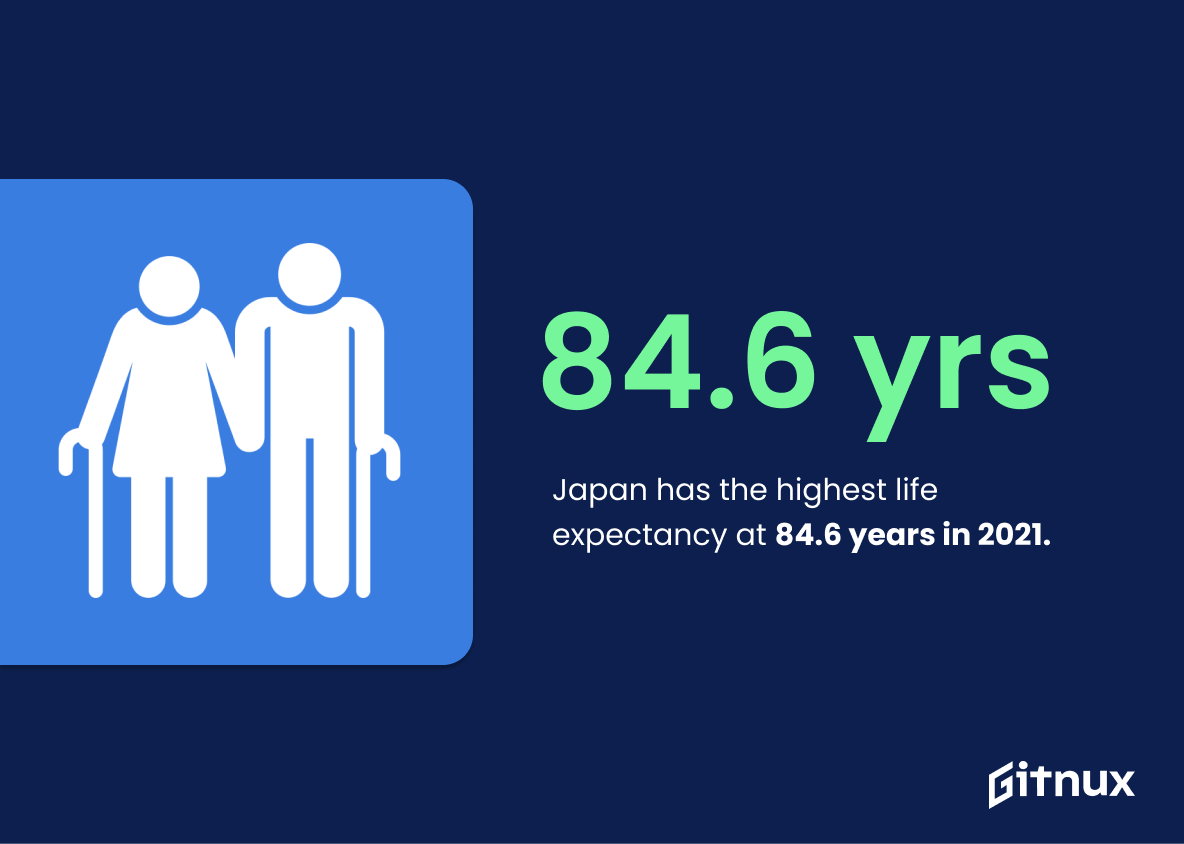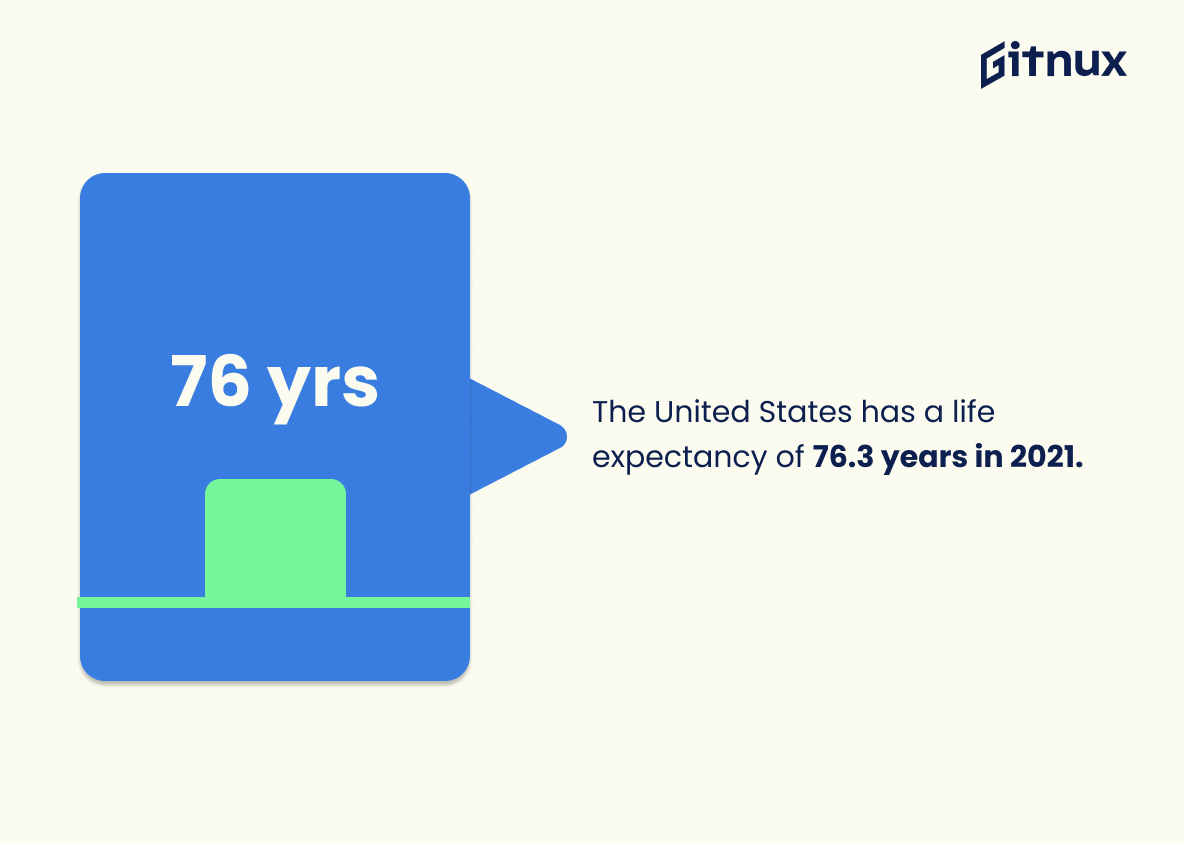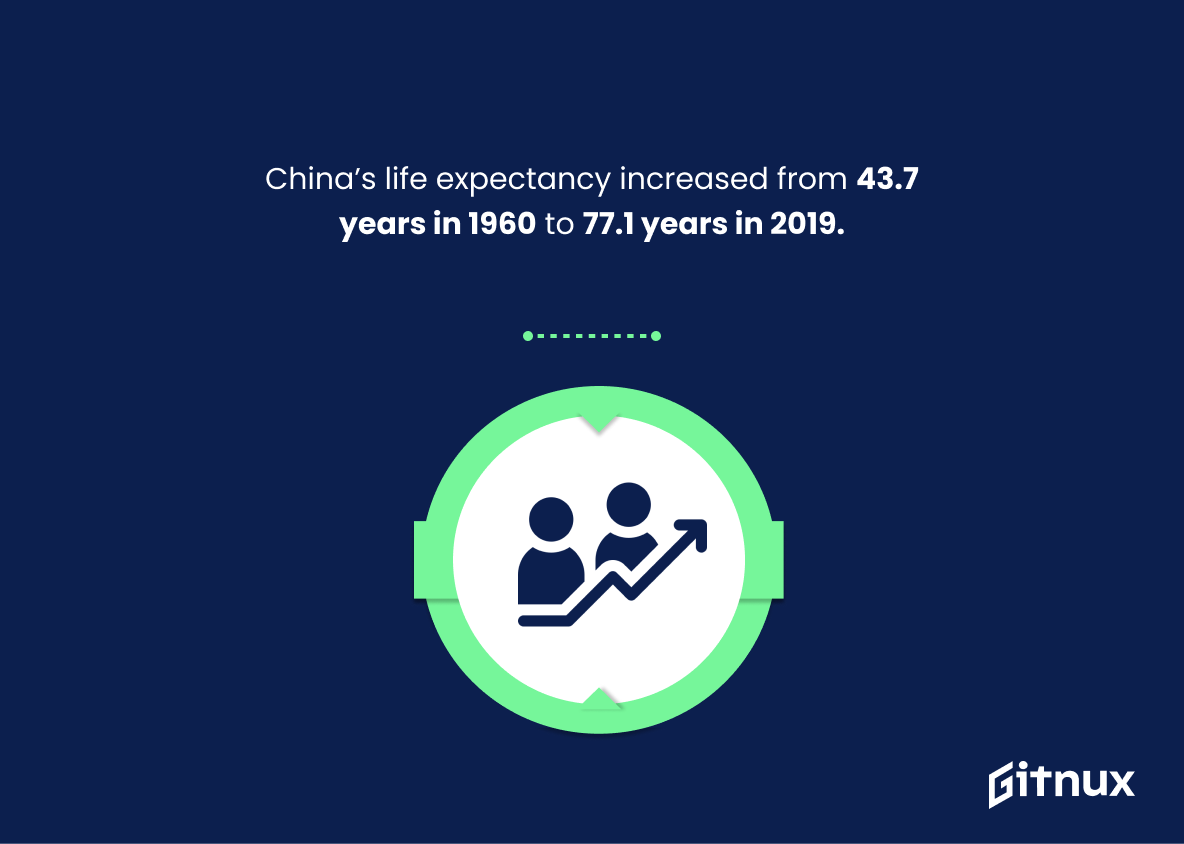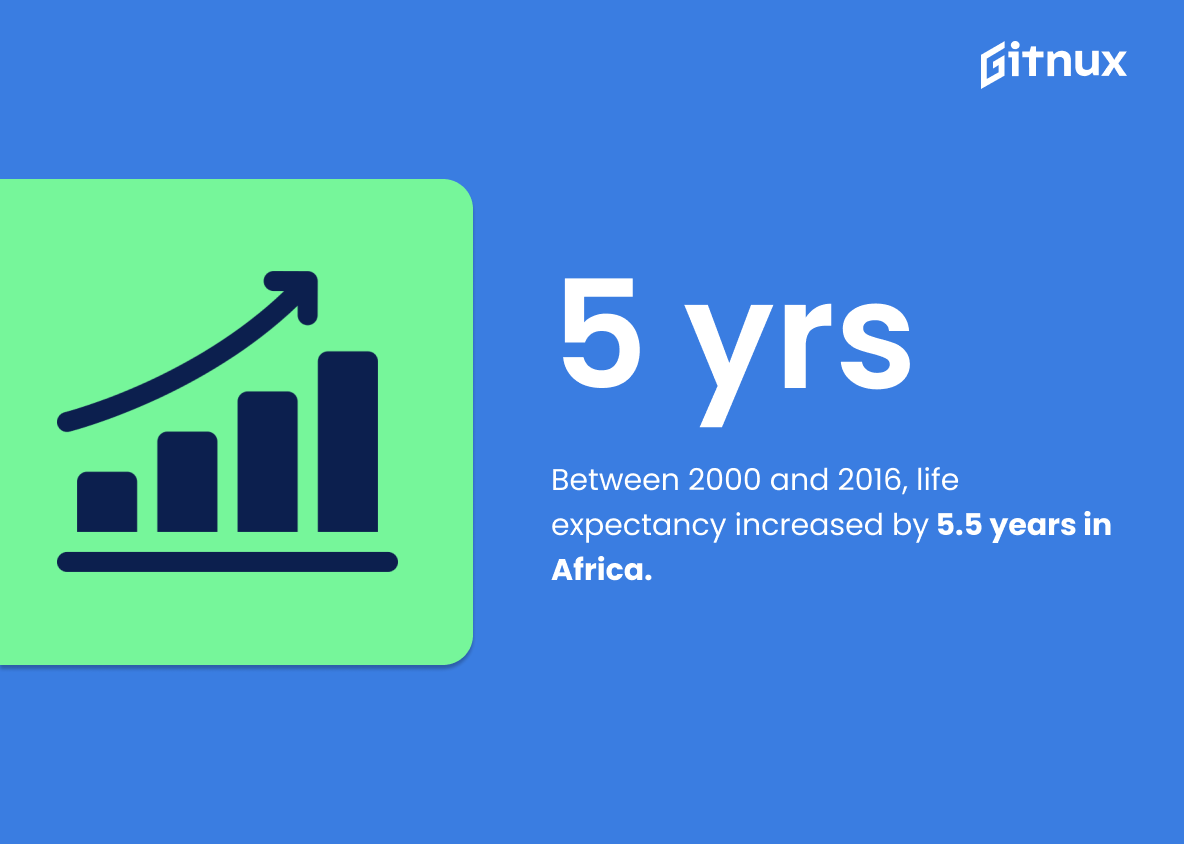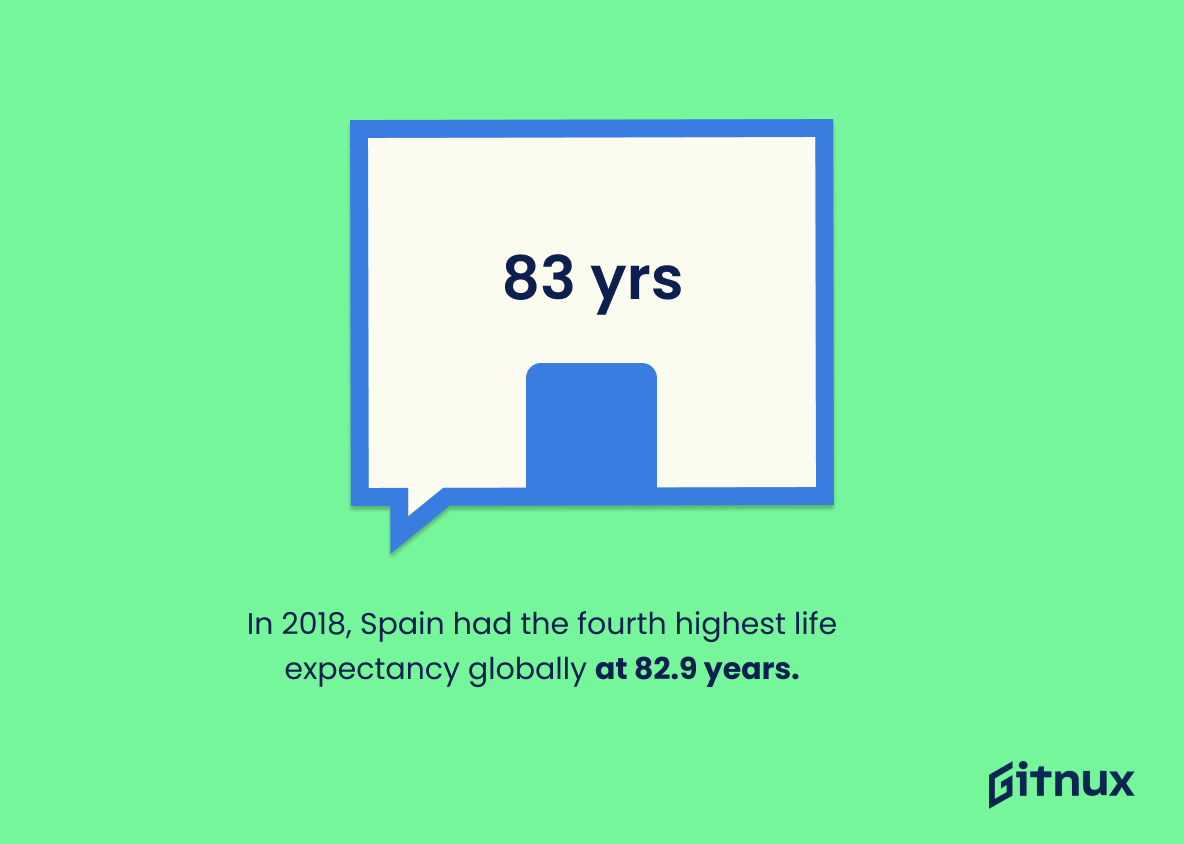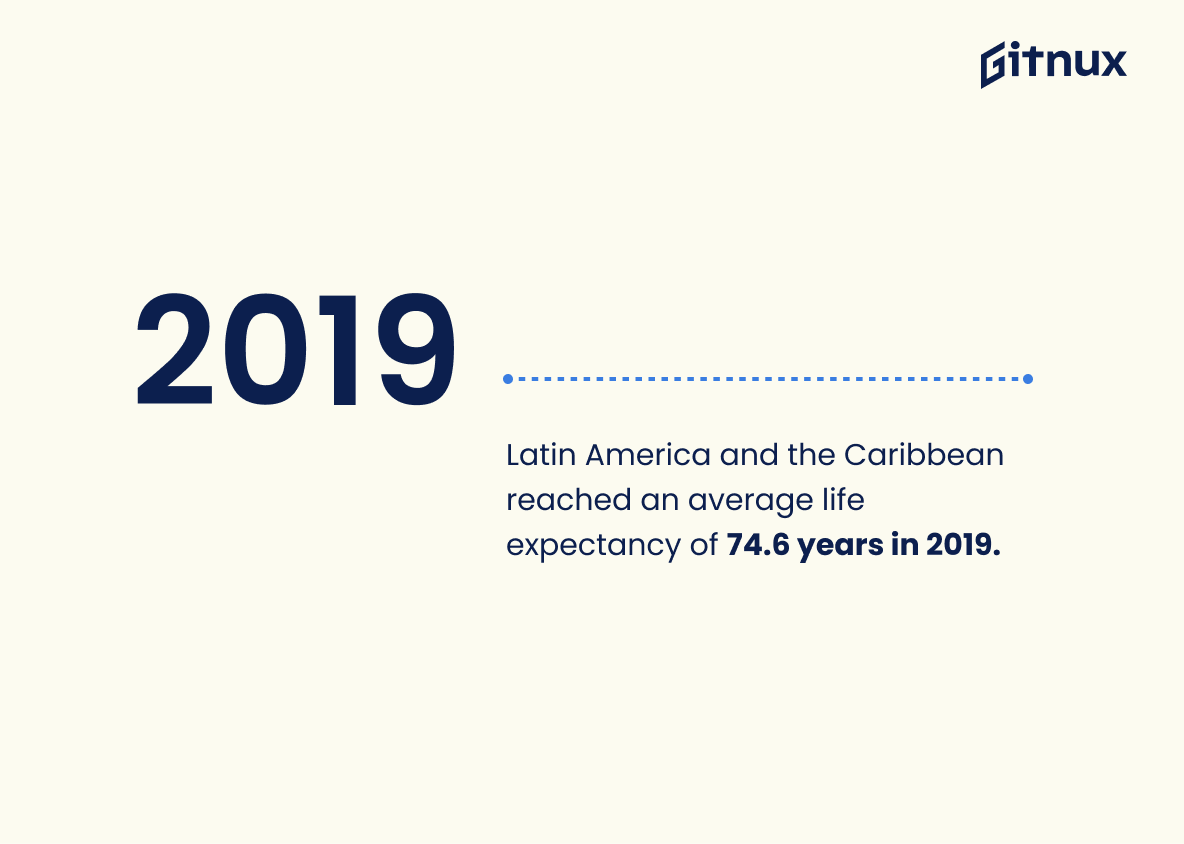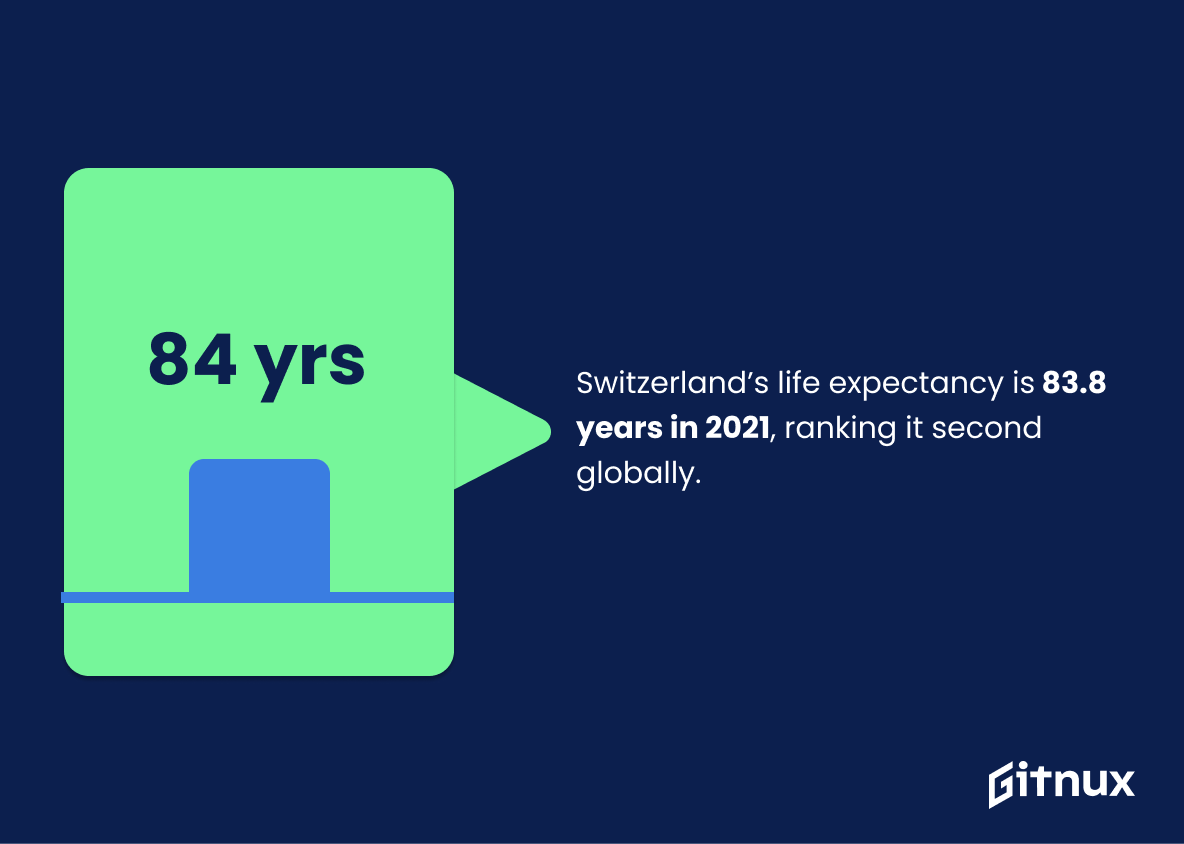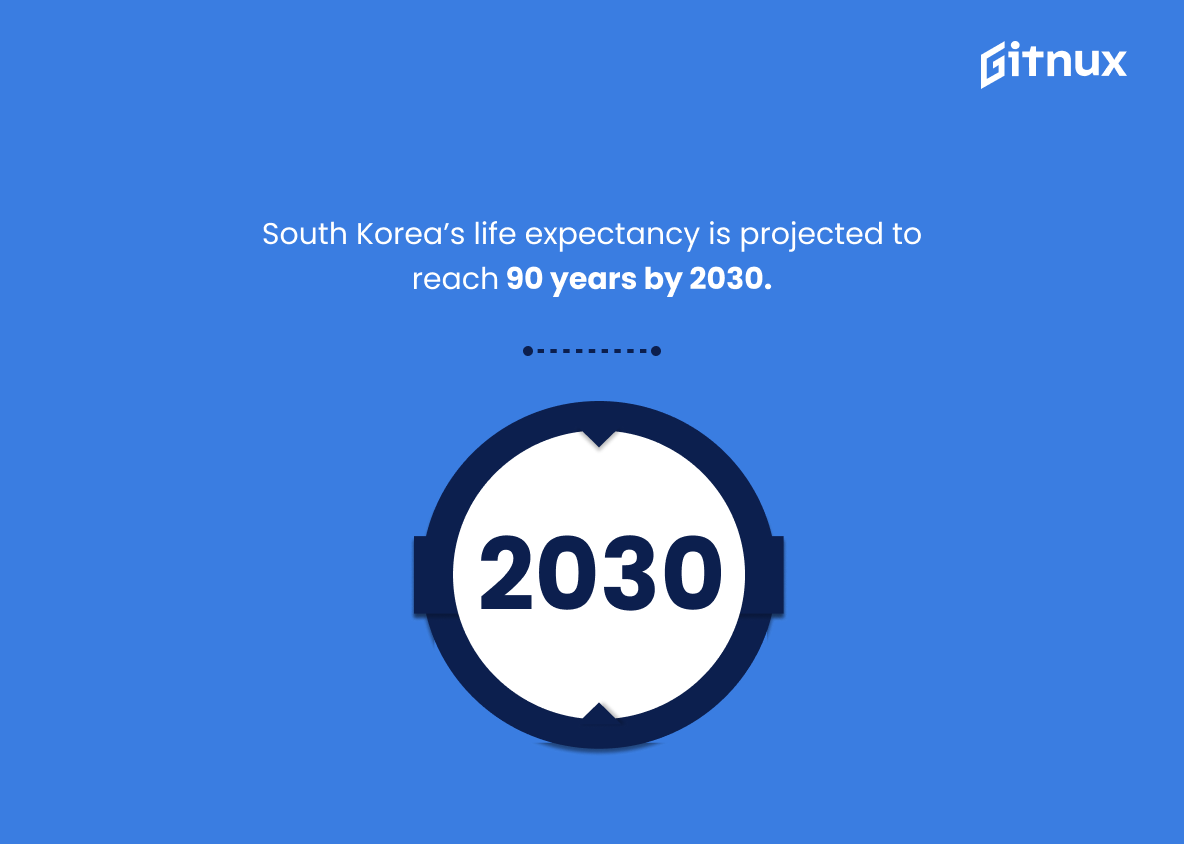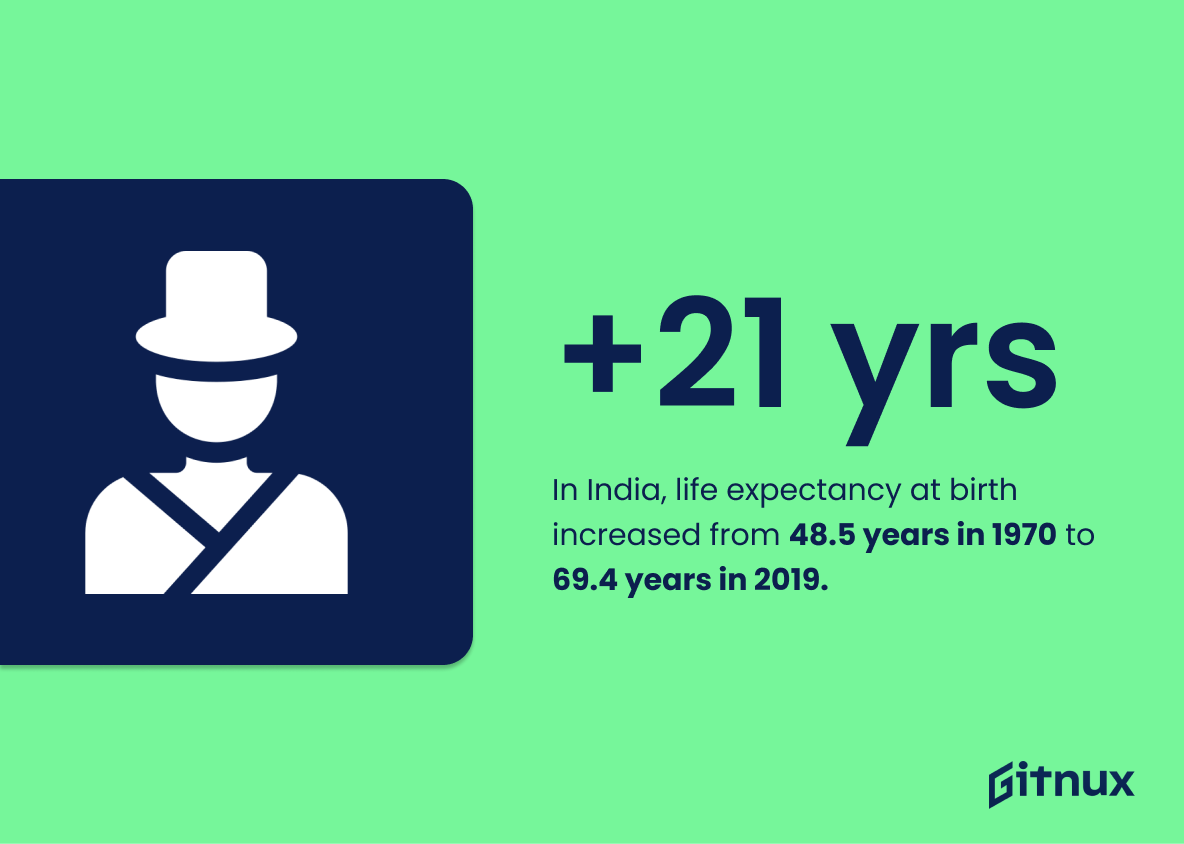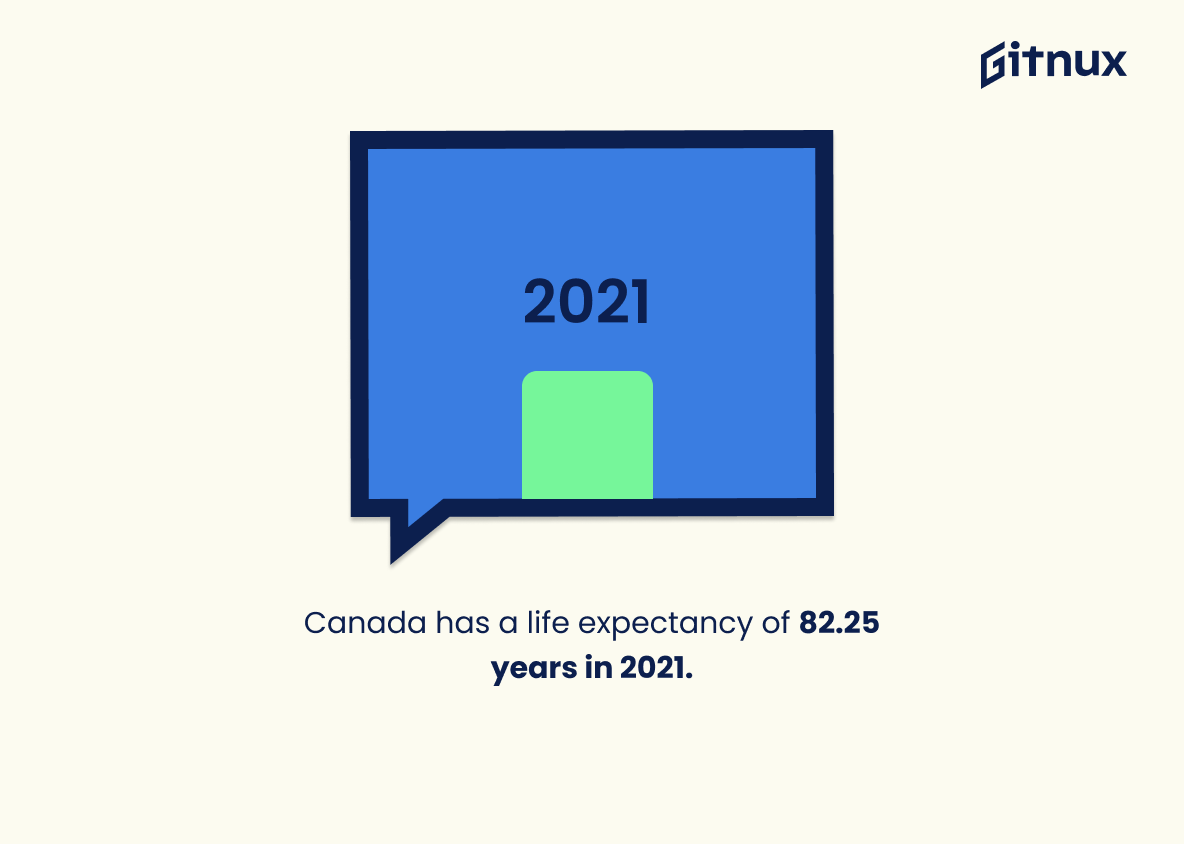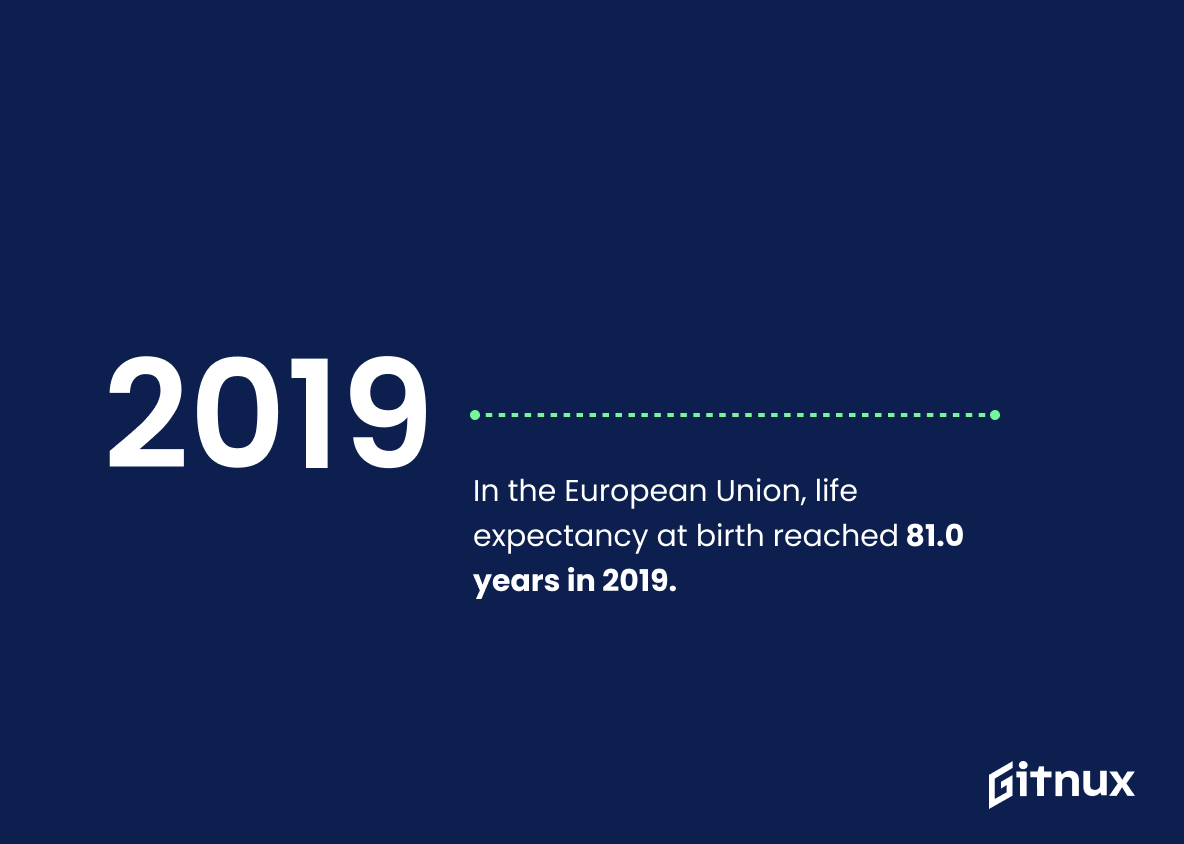The world has seen a remarkable increase in life expectancy over the past century. In 1913, global life expectancy was only 34 years; however, by 2019 it had increased to 72.6 years according to data from the World Health Organization (WHO). This is an incredible achievement and one that can be attributed largely to advances in medical technology and improved access to healthcare around the world.
However, there are still significant disparities between countries when it comes to life expectancy rates. Japan currently holds the highest rate at 84.6 years while Central African Republic has the lowest at 53.2 years as of 2021 according to Macrotrends and World Population Review respectively. Additionally, women tend live longer than men with a global average of 75 for females compared 70 for males in 2019 based on UN statistics .
In this blog post we will explore some interesting facts about life expectancies across different regions including Europe, North America, Asia-Pacific region , Latin America & Caribbean , Africa , Middle East & North Africa as well as individual countries such as United States , China , Spain , Switzerland South Korea India Canada Australia Russia Singapore etc.. We’ll also look into how these numbers have changed over time so you can get a better understanding of what’s going on globally when it comes to longevity trends.
This statistic is a powerful reminder of the progress that has been made in improving life expectancy around the world. It serves as a testament to the advances in healthcare, nutrition, and other factors that have enabled people to live longer and healthier lives. It is also a reminder of the work that still needs to be done to ensure that everyone has access to the same opportunities for a long and healthy life.
In 1913, the global life expectancy was only 34 years.
This statistic serves as a stark reminder of how far we have come in terms of life expectancy. It is a testament to the advances in medical science and technology that have enabled us to extend our lives and enjoy a longer, healthier life. It is a reminder of how far we have come and how much further we can go.
Life Expectancy Statistics Overview
Japan has the highest life expectancy at 84.6 years in 2021.
This statistic is a testament to the success of Japan’s healthcare system, which has enabled its citizens to enjoy a longer life expectancy than any other nation. It is a powerful reminder of the importance of investing in healthcare and the positive impact it can have on the lives of individuals and communities.
Central African Republic has the lowest life expectancy at 53.2 years in 2021.
This statistic serves as a stark reminder of the disparities in life expectancy between countries. It highlights the need for greater investment in healthcare and other resources in the Central African Republic to ensure that its citizens can enjoy a longer and healthier life.
Women in most countries live longer than men with a global life expectancy of 75.0 years for females and 70.8 years for males in 2019.
This statistic is a stark reminder of the gender disparities that exist in terms of life expectancy. It highlights the fact that, despite advances in healthcare and technology, women are still living shorter lives than men in most countries. This is an issue that needs to be addressed, as it has implications for the health and wellbeing of women around the world.
The United States has a life expectancy of 76.3 years in 2021.
This statistic is a powerful reminder of the importance of taking care of our health and wellbeing. It highlights the need for us to make lifestyle changes that can help us live longer and healthier lives. It also serves as a benchmark for other countries to strive for in terms of life expectancy.
China’s life expectancy increased from 43.7 years in 1960 to 77.1 years in 2019.
This statistic is a testament to the remarkable progress that has been made in China over the past 60 years. It highlights the tremendous improvements in healthcare, nutrition, and other factors that have enabled the Chinese people to live longer and healthier lives. This is an inspiring example of how a nation can make significant strides in improving the quality of life for its citizens.
Between 2000 and 2016, life expectancy increased by 5.5 years in Africa.
This statistic is a testament to the progress made in Africa over the past 16 years. It is a sign of hope that, with the right investments and policies, life expectancy can be improved and more people can live longer, healthier lives. This statistic is a reminder that, while there is still much work to be done, there is cause for optimism.
In 2018, Spain had the fourth highest life expectancy globally at 82.9 years.
This statistic is a testament to the success of Spain in providing its citizens with a high quality of life. It is a reflection of the country’s commitment to health and wellness, and serves as an example of what can be achieved when a nation prioritizes the well-being of its people.
Latin America and the Caribbean reached an average life expectancy of 74.6 years in 2019.
The statistic that Latin America and the Caribbean reached an average life expectancy of 74.6 years in 2019 is a testament to the progress that has been made in the region in terms of health and wellbeing. It is a sign that the region is on the right track in terms of providing its citizens with the necessary resources to live longer, healthier lives. This is an encouraging statistic that should be celebrated and used as a benchmark for further improvement.
Switzerland’s life expectancy is 83.8 years in 2021, ranking it second globally.
This statistic is a testament to Switzerland’s commitment to providing its citizens with a high quality of life. It is a reflection of the country’s dedication to providing its citizens with access to quality healthcare, nutritious food, and a safe environment. This statistic is a reminder that when a nation invests in its people, it can reap the rewards of a longer and healthier life expectancy.
South Korea’s life expectancy is projected to reach 90 years by 2030.
This statistic is a testament to the remarkable progress South Korea has made in improving the health and wellbeing of its citizens. By 2030, South Korea is projected to have one of the highest life expectancies in the world, a remarkable achievement that should be celebrated. It is also a reminder of the importance of investing in public health initiatives and medical research to ensure that all people have access to the resources they need to live long and healthy lives.
In India, life expectancy at birth increased from 48.5 years in 1970 to 69.4 years in 2019.
This statistic is a testament to the progress India has made in improving the quality of life for its citizens. It shows that the country has made significant strides in providing better healthcare, nutrition, and other essential services that have contributed to a longer life expectancy. This is an encouraging sign that India is on the right track to providing a better future for its people.
Canada has a life expectancy of 82.25 years in 2021.
The fact that Canada has a life expectancy of 82.25 years in 2021 is a testament to the country’s commitment to providing its citizens with access to quality healthcare and a healthy lifestyle. This statistic is a reminder of the importance of investing in public health initiatives and the positive impact they can have on the lives of Canadians. It also serves as a benchmark for other countries to strive for in terms of life expectancy.
In the European Union, life expectancy at birth reached 81.0 years in 2019.
The fact that life expectancy at birth in the European Union has reached 81.0 years in 2019 is a testament to the progress that has been made in improving the quality of life for its citizens. This statistic is a reminder of the importance of investing in healthcare, education, and other social services that can help to ensure that people live longer, healthier lives. It is also a reminder of the need to continue to strive for further improvements in life expectancy in the EU and beyond.
In 2019, the life expectancy of females in the United Kingdom was 83.1 years and 79.4 years for males.
This statistic is a powerful reminder of the gender gap in life expectancy in the United Kingdom. It highlights the fact that, on average, women in the UK can expect to live four years longer than men. This disparity is a stark reminder of the need for greater gender equality in terms of access to healthcare, education, and other resources that can help to improve life expectancy.
In 2019, the life expectancy in Russia was 72.6 years.
This statistic is a telling indication of the overall health of the Russian population. It provides insight into the average lifespan of individuals in the country, and can be used to compare the life expectancy of Russia to other countries. Additionally, it can be used to identify any potential health issues that may be affecting the population, and to determine what measures can be taken to improve the life expectancy of the nation.
The life expectancy of Singapore is 83.6 years in 2021, making it the third-highest globally.
This statistic is a testament to the success of Singapore’s healthcare system, as it demonstrates that the country is able to provide its citizens with a long and healthy life. It is also a source of pride for Singaporeans, as it shows that their country is among the top three in the world in terms of life expectancy. This statistic is a powerful reminder of the importance of investing in healthcare and public health initiatives, and serves as an inspiration for other countries to strive for similar success.
Conclusion
The data presented in this blog post shows that life expectancy has increased significantly over the past century, with global life expectancy rising from 34 years in 1913 to 72.6 years in 2019. Japan currently holds the highest life expectancy at 84.6 years while Central African Republic has the lowest at 53.2 years as of 2021. Women tend to live longer than men globally, with a female average of 75 and male average of 70.8 respectively for 2019 figures; however there are exceptions such as Russia where males have higher life expectancies than females (72 vs 71). The United States ranks 26th globally for its 76 year-old lifespan on average, whereas China’s remarkable increase from 43 to 77 since 1960 is one of many success stories across different countries and regions around the world including Europe (81), Latin America & Caribbean (74) and Africa (60). Singapore stands out among these nations by having an impressive 83 year-long lifespan which places it third worldwide behind only Switzerland and Japan respectively – although South Korea may soon overtake them all if their projected 90 year figure comes true by 2030.
References
0. – https://www.ec.europa.eu
1. – https://www.worldpopulationreview.com
2. – https://www.afro.who.int
3. – https://www.macrotrends.net
4. – https://www.who.int
5. – https://www.ourworldindata.org
6. – https://www.indexmundi.com
7. – https://www.data.worldbank.org
8. – https://www.ons.gov.uk
9. – https://www.statista.com
10. – https://www.unstats.un.org
11. – https://www.thelancet.com
12. – https://www.pgpf.org
13. – https://www.cepal.org
